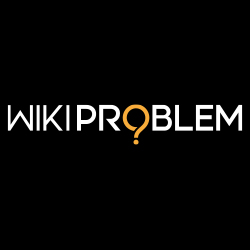How To Write Professional Email: Difference between revisions
From Wiki Problem
Wikiproblem (talk | contribs) (Created page with " Category : Email") |
Wikiproblem (talk | contribs) No edit summary |
||
| Line 1: | Line 1: | ||
Writing a professional email involves a few key steps: | |||
# Start with a clear and professional subject line that accurately reflects the content of the email. | |||
# Use a formal and professional salutation, such as "Dear [Recipient's Name]" or "Hello [Recipient's Name]." | |||
# Introduce yourself if you are not well-known by the recipient and give a brief overview of the purpose of the email in the first sentence. | |||
# Use a clear and concise writing style. Avoid using overly complex language or jargon. Use bullet points and paragraphs to organize your thoughts and make the email easy to read. | |||
# Be polite and courteous, and use a professional tone throughout the email. Avoid using slang, emoticons, or excessive exclamation points. | |||
# Include a clear call-to-action (CTA) if you are expecting a response or action from the recipient, such as "Please let me know if you have any questions" or "I look forward to hearing from you soon." | |||
# Use a professional closing, such as "Best regards" or "Sincerely" followed by your full name and contact information. | |||
# Proofread your email for spelling and grammar errors before sending it. | |||
# Be mindful of cultural and language differences, as you may be communicating with people from different backgrounds. | |||
# Be responsive and timely, to follow up on emails, action items or any relevant concerns, to ensure a clear communication and outcome. | |||
[[Category : Email]] | [[Category : Email]] | ||
Latest revision as of 05:14, 11 January 2023
Writing a professional email involves a few key steps:
- Start with a clear and professional subject line that accurately reflects the content of the email.
- Use a formal and professional salutation, such as "Dear [Recipient's Name]" or "Hello [Recipient's Name]."
- Introduce yourself if you are not well-known by the recipient and give a brief overview of the purpose of the email in the first sentence.
- Use a clear and concise writing style. Avoid using overly complex language or jargon. Use bullet points and paragraphs to organize your thoughts and make the email easy to read.
- Be polite and courteous, and use a professional tone throughout the email. Avoid using slang, emoticons, or excessive exclamation points.
- Include a clear call-to-action (CTA) if you are expecting a response or action from the recipient, such as "Please let me know if you have any questions" or "I look forward to hearing from you soon."
- Use a professional closing, such as "Best regards" or "Sincerely" followed by your full name and contact information.
- Proofread your email for spelling and grammar errors before sending it.
- Be mindful of cultural and language differences, as you may be communicating with people from different backgrounds.
- Be responsive and timely, to follow up on emails, action items or any relevant concerns, to ensure a clear communication and outcome.
